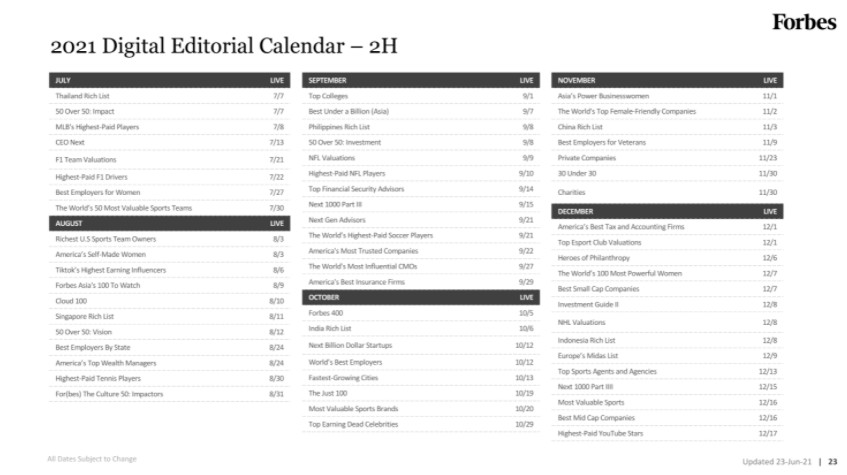
Everything seems to slow down to a more relaxed pace during the summer months, both in our personal lives and in the business world. For many nonprofits, summer represents a lull in between fundraising seasons, many boards take a hiatus, and some organizations even downsize programming. For other purpose-driven businesses, big announcements and initiatives may roll out at a slower pace due to both target audiences and executives being “out of office.”
Summer presents a conundrum for PR and communications specialists: everyone is in vacation mode. Vacation mode tends to apply to your leadership team, your constituents, your stakeholders, and your audience. You wouldn’t want to share the biggest news of the year while everyone is busy planning their 4th of July BBQ, it would just get lost in the shuffle. As a result, many organizations choose to hold big announcements until the fall to ensure a more captive and engaged audience.
In turn, members of the media often hit a slower pace during the summer months, and many of the big publishing houses institute “summer Fridays” and shorter, more relaxed hours. With a lower volume of incoming announcements, there are fewer big stories to research and curate. Audiences want easy reading in the summer months, and journalists deliver. Summer is the time for more “fluffy” content: “Top 10 summer desserts” or “Best places to road trip” stories. Local broadcast media will air stories on the local goat yoga trend as opposed to the politics behind the teachers union.
So is summer a time to pull back on media outreach and storytelling? Heck no! While everyone else is heading to the beach, summer can be the perfect time to take advantage of a reporter’s half-full inbox.
Think ahead and pitch for Q4
Even though fall and winter seem like a far-off dream, long lead publications are actively planning and writing their end-of-year stories. Remember, glossy publications work on a 3-6 month lead time, hence the term “long lead,” so summer is the optimal time to pitch. Long lead publications will often publish editorial calendars so leverage this information to build your pitches to match their planned content and themes. Editorial calendars are typically included within the publication’s media kit, which is easily searchable. For example, Forbes posts their media kit online and includes the following editorial calendar:

Forbes 2021 2H editorial calendar. Full media kit here.
Because fall tends to crescendo for reporters in terms of workload, many short lead reporters will also use the downtime during the slow summer months to get their ducks in a row for big fall stories. Short lead publications include daily newspapers, broadcast media outlets, online news publications, and sometimes podcasts. Take advantage of the fact that your competitors may not be pitching during the slow summer months and be the squeaky wheel. Short lead reporters often spend their relative downtime researching their areas of interest and will have more time and attention to review your pitch and your organization. If you can present yourself or your organization as a thought leader and an informative resource, you will be top of mind as reporters begin writing their harder-hitting stories in the fall.
Build connections to build momentum
If your organization is experiencing a slow news summer, take this opportunity to work on building your connections with reporters. Summer is a perfect time to really get to know the people you pitch, so take time to do some additional research. Pick a few key reporters and get to know their beat and their areas of interest by taking a deep dive into their article portfolio. Look for opportunities to engage with them via social media – share applicable links or resources, join their conversations with meaningful opinions and share your unique view on topics of interest. If they can begin to see your thought leadership and recognize your unique voice within their area of interest, you will rise to the top of their list of experts to lean on for future stories.
Dust off those evergreen story angles
Many companies will hold off on big news announcements until the fall when they are more likely to catch their audience’s attention. That being said, reporters still need to write stories during the summer months. With the hard-hitting news angles being less frequent, many reporters will have more time to explore evergreen story topics. It is always worth pitching evergreen stories as a means to stay connected to reporters, but the summer months provide added opportunities as reporters still are looking to fill column space. As a good rule of thumb, research each individual reporter first to determine which of your evergreen topics might pique their interest, then tailor each pitch to match.
Build your owned content library
Take the time in the summer months to build your owned content library and online presence. If you focus your efforts on reporter outreach and relationship building during the summer months, you’ll want to drive them to your website or other owned content channels. There they should find a more in-depth look at your voice and thought leadership within your area of expertise. Make sure you are adding fresh content to those owned channels so that when a reporter does land on your site, they have a plethora of material to review. Post frequently on your blog, consider publishing an ebook, record vlog posts, and stay active on your social media channels.
Though summer may seem like a slow down, it provides a fantastic opportunity to build upon your existing content and relationships with the media. Where other months of the year may feel like a whirlwind, summer provides time to slow down and really get to know the reporters, editors, and podcast hosts you want to target. With a better understanding of the people who could potentially share your story, you can better tailor your content to meet their interests and your pitches to match their beat. As such, summer can be an incredibly valuable time to solidify the foundation of your media relations strategy.
Photo by Andrea Piacquadio from Pexels
Diana Crawford is a seasoned public relations consultant with more than 15 years of agency, consulting, and in-house experience. She joined Orapin in 2013 and manages account services and client communications strategy development. She has worked across a variety of industries and has expertise with professional services, food/alcohol, health and wellness, lifestyle, sports, education, tech, and non-profit organizations.
